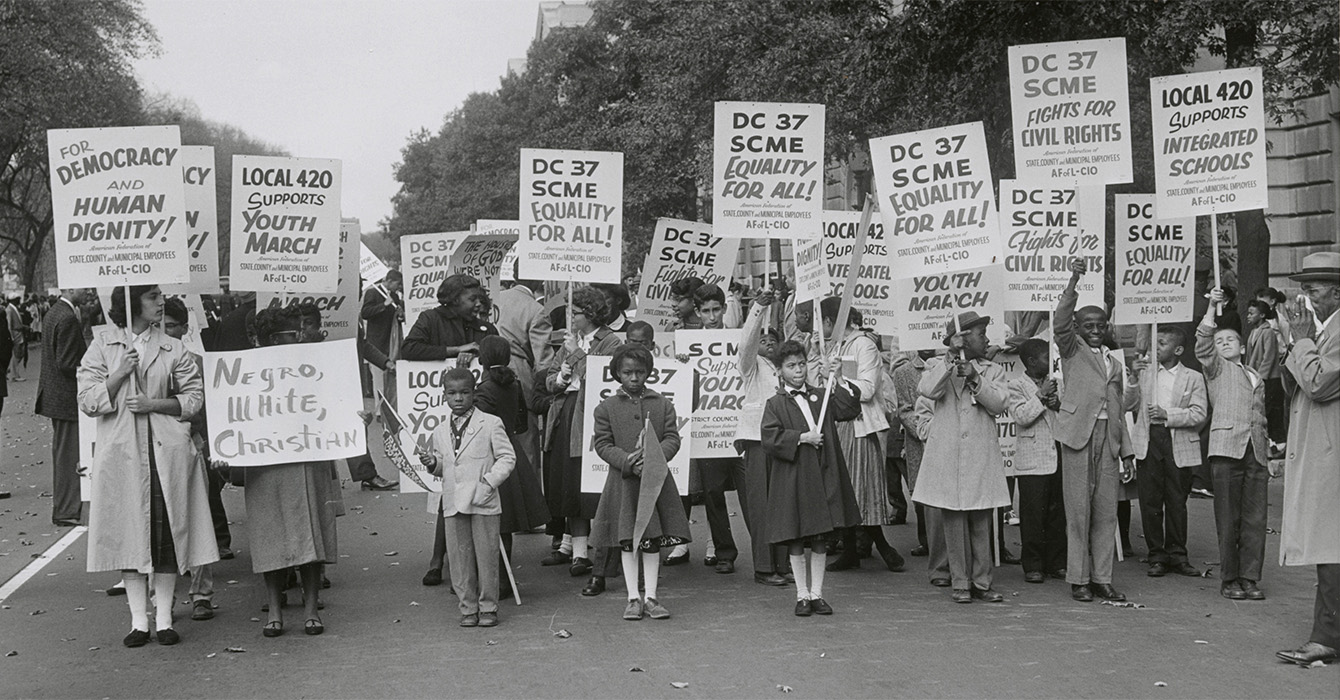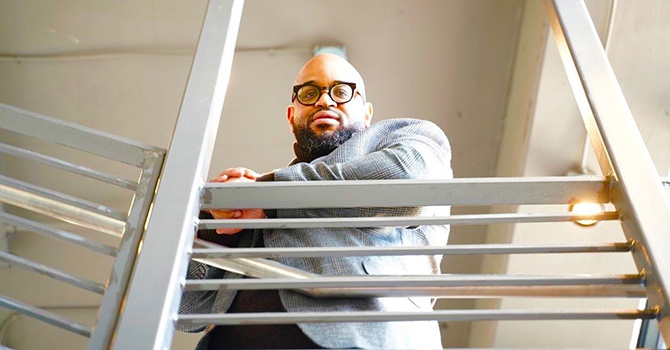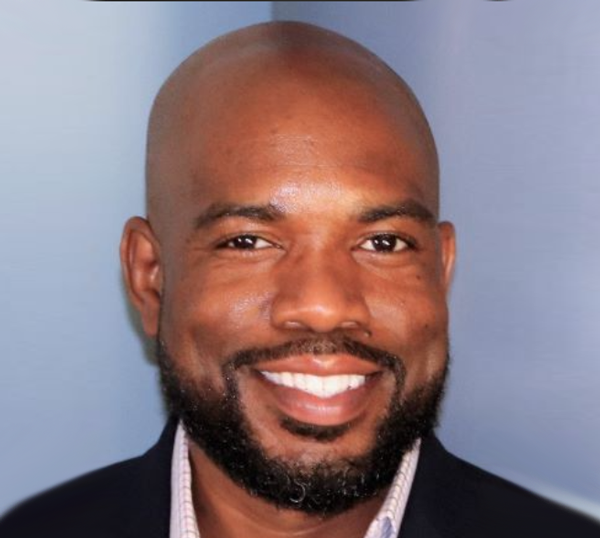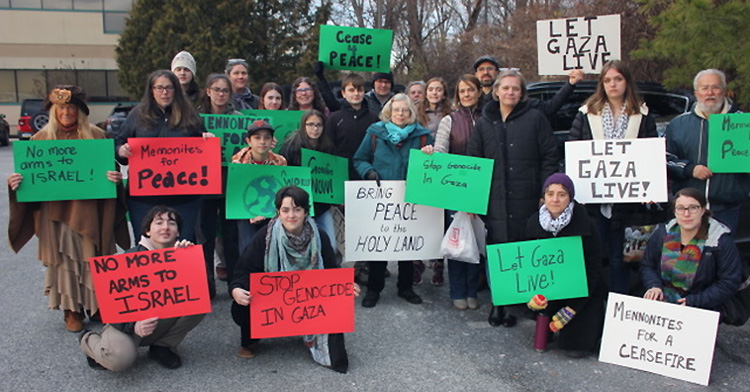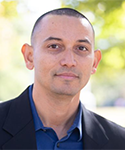On April 26, 2009, The New York Times published “End of the University as We Know It”, an op-ed written by Mark C. Taylor, chair of the Department of Religion at Columbia University.
In the piece, Taylor called graduate education “the Detroit of higher learning...
 “Most graduate programs in American universities produce a product for which there is no market … and develop skills for which there is diminishing demand ..., all at a rapidly rising cost,” wrote Taylor, who earned a doctorate in the study of religion from Harvard University and taught at Williams College from 1973 to 2007 before joining the faculty at Columbia.
“Most graduate programs in American universities produce a product for which there is no market … and develop skills for which there is diminishing demand ..., all at a rapidly rising cost,” wrote Taylor, who earned a doctorate in the study of religion from Harvard University and taught at Williams College from 1973 to 2007 before joining the faculty at Columbia.
The roots of this crisis, he wrote, can be found in the way modern universities were formed. Among his proposals to reform higher education were ending tenure, abolishing departments and restructuring curricula.
The op-ed “set off a firestorm,” Taylor said. “But there were no ideas in that op-ed piece that I hadn’t published 10 years earlier. ...There was something in the ether.”
He has since expanded his thoughts into the 2010 book, “Crisis on Campus: A Bold Plan for Reforming Our Colleges and Universities.”
Taylor was one of five speakers in a lecture series at Duke University called Re-Imagining the Academy. He spoke to Faith & Leadership about his book, how the study of religion serves as a microcosm of higher education, and what it means to be a student of students. The following is an edited transcript.
Q: What is the crisis in higher education as you see it?
I do not think we’re doing a good job preparing students for life and work in the 21st century. I think we’re frozen in the past in many, many instances. The model of the university that we now have comes out of [philosopher Immanuel] Kant.
That model is industrial -- one size fits all. What would it be like to create an educational institution structured like a web rather than an assembly line? That’s the way the world is, and that’s the way knowledge is and the modes of production and reproduction and the way knowledge is structured. The problem is that we have institutions that are basically very static in a world that’s very fluid.
Also, higher education as we now do it is financially unsustainable. In 2020, an education at an elite institution will cost $330,000. In 2035, if we keep to the current projection, it will be $788,000. You can’t sustain that. The level of student debt is escalating.
There are ethical issues here. It seems to me to be ethically questionable to have been training graduate students since 1970 for jobs that don’t exist. So why do universities do it? At least in part because institutions need cheap labor [in the form of] teaching assistants and research assistants.
Q: You wrote in your book that the study of religion can serve as a microcosm of what is happening with higher education. Explain what you meant by that.
There are multiple problems with higher education. It’s partly financial and economic. It’s partly institutional. It’s partly curricular. I made that comment in the context of the curricular.
On the curricular side of the issue, the problem as I see it is that, since the early 1970s, there has been an increasing proliferation of hyper-specialized subfields. The disciplines have become more and more specialized. As that has happened, they’ve become more and more fragmented.
The reasons for this are multiple, and they’re interconnected. One of the reasons is that in the early 1970s, jobs dried up in academia. As that happened, there was increasing pressure on faculty to publish [to differentiate themselves]. As they began to publish, they began to do more specialized work. That led to journals and book series and so forth, and that trickled over and down into the classroom.
That took place across the university. Within religion, the problem was compounded.
First of all, it’s important to understand departments of religion in nondenominational schools as they now exist. Those departments really only emerged in the 1960s. Prior to that, religion departments were either extensions of the chaplain’s office, which meant they were usually Protestant, or part of the philosophy department, which meant they were primarily Western. In the late 1960s and early 1970s, at least in part as a result of the Vietnam War, other cultures and traditions opened up and we began to have departments that included comparative work -- Hinduism, Buddhism, Judaism and so on. Islam came along later.
When I came to Columbia [in 2007], we had eight subfields. Those subfields would include Christian studies, Jewish studies, Buddhist studies and Hinduism. But it’s even more fine-grained than that. We have a very good program in Buddhist studies, but then we also have programs in Chinese Buddhism, Japanese Buddhism, Tibetan Buddhism and Korean Buddhism. So you have these silos within silos within silos. And before I came, those subfields were as independent as philosophy and chemistry.
[This is an example] of this fragmentation of the curriculum. I think we have a siloed institution and curriculum in a world that’s a network or a web. The challenge is to break down those roles, but it’s very difficult.
Q: You wrote that higher education was built on three pillars (the principle of autonomy, the mechanical logic of industrialism, and the distinction between usefulness and uselessness) and that framework continues today. What are the foundations that you think the university should rest on?
I think creativity involves bringing together what’s usually held apart, and I think the most interesting work and innovation is done at the margins and intersections.
So you have to create a structure -- an institutional structure, a curricular structure and a faculty structure -- that is flexible, that is adaptive and that encourages innovation and supports risks. The structure of the system we have now is counter to all that.
Q: What changes have you made during your time as chair of the Department of Religion at Columbia that fall in line with your vision of higher education?
What we’ve done at Columbia is not to get rid of work in particular traditions, but to try to create areas of inquiry. We call them zones of inquiry that cut across disciplines and across traditions. That can be done in a variety of fields.
I think that we also need to become more willing to consider the practical importance of what the arts and the humanities -- or anything -- do. It’s never been more important to study the liberal arts and humanities than in today’s globalized world, but you have to make your argument on practical grounds. The whole rationale for the arts and humanities since Kant has been that they’re not practical, they’re non-utilitarian, they’re knowledge for knowledge’s sake. You have to have a practical component.
Q: What other changes do you think should be made in higher education?
What I would do would be to abolish tenure and to impose mandatory retirement at 70, and I would move to seven-year renewable contracts with review in the sixth year. I would require all students and all faculty to participate in those reviews, and I would include in that review process not only people in that specific subfield but people working in related fields.
[This review process] would create incentive for change. You would create the possibility for review and accountability, which we don’t have now, and you would begin to create an institution that was more like an emergent network than a static structure.
Q: How does your vision of higher education influence how you teach?
Every course I teach, regardless of what it is, I require the students to read The New York Times every day. Why? Because I think that the materials that I teach are important not only for their own sake but insofar as they help us understand the world around us.
In a media lab I taught for many years, a term paper wasn’t the right fit for that course. What I asked them to do was to develop a critical analysis of the issues that we were considering in a multimedia format or whatever format it was, but it had to be a critical analysis and they had to learn to make arguments with images, with written text, with sound, with design, because those are going to be the media they work in. They’re not going to write scholarly monographs. They’re not going to write articles.
In other courses, they have to write the term paper. It’s important for people to learn how to write in a traditional way.
Q: In “Crisis on Campus,” you wrote that when you were at Williams you learned how to be a student of your students. What does it mean to be a student of students?
I taught an experimental course in 1992 called Imagologies: Media Philosophy with a professor from the University of Helsinki. [Ten students from Williams met weekly with 10 students from Helsinki via teleconference.] At the end of the course, students were required to write a paper that brought together theory and practice. The students rebelled. They said it made no sense to write a traditional paper for my course. I said, “You’re right, but this is as far as I’ve been able to get. I’ll work on it.”
I got together with one of my students and I said, “Alright, here’s what I want to do. The model will be a science course. I’ll teach a seminar and I’m going to have a lab and I want the students to learn A, B and C. I want you to figure out how to do it. I want you to write an electronic lab manual. I want you to teach the labs.” And I did that for many years.
A student who was in that course came to me and said, “Why don’t we webcast your classes?” I had never even heard of webcasting, but I started webcasting my classes. If I can conceptualize it, they can do it and they can tell me things I might do that I never knew were possible.
Many faculty are reluctant to enter into that kind of a relationship with students because of questions of authority. But for me the issue was, “I’ll teach you what I think you need to know and you teach me what you think I should know.” And to this day I hear from that student who did that original lab manual. He’s now the head of web operations for Telemundo.
Q: Why should teachers be a student of their students?
The world in which young people now live is so different from the world in which their teachers grew up. Any good teacher must try to meet students where they are in order to move them along. And the way that I’ve been able to know which way the wind is blowing is because I listen to the students.
I’ve written many, many books, but I firmly believe that in the long haul, my greater contribution will have been to the students I taught rather than the books that I’ve written.

